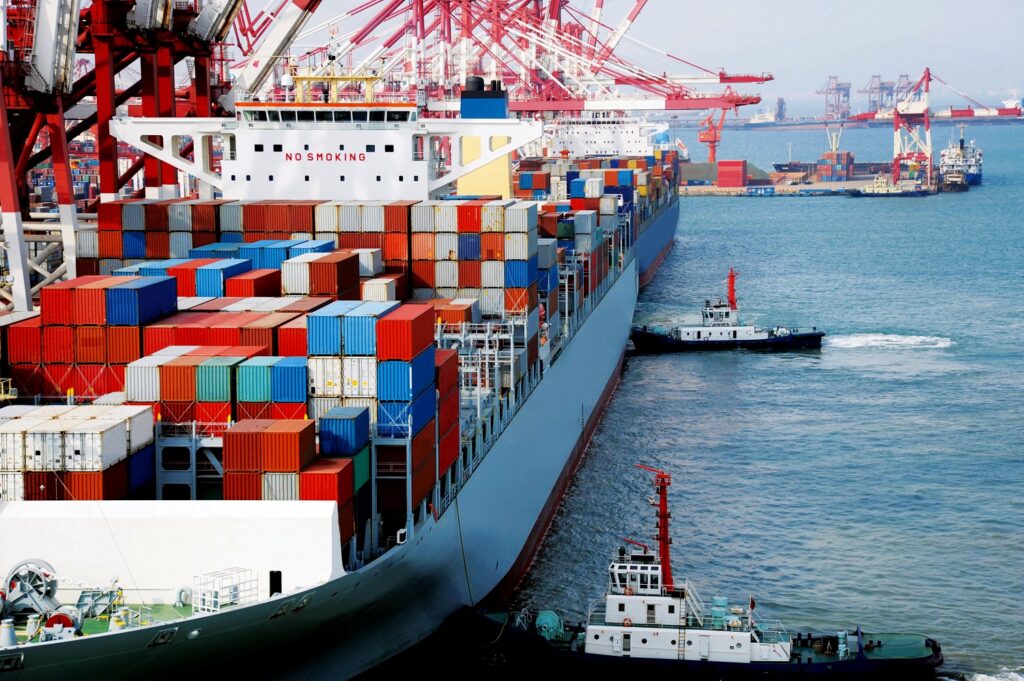Fifth of world’s containerships are stuck in port congestion

After signs of progress that the backlogs of containerships stacked up outside ports might be easing, it appears that the trend is reversing itself, new data shows.
With lockdowns impacting the movement of vessels at the major Chinese ports, the port congestion appears to be spreading to other ports around the globe.
New data from Windward, a maritime AI company, shows that a fifth of all the world’s containerships are stuck in port congestion.
Further, they calculate that a quarter of all the ships are specifically stuck at Chinese ports. Carriers have been struggling to manage their schedules which have already shown low reliability, Maritime Executive reports.
Now, there are increasing reports of the number of containerships diverting away from Shanghai, but that is adding to the delays at other ports such as Ningbo-Zhoushan due to the added volumes, or carriers are resorting to blanked sailings.
The increases align with the lockdown in Shanghai that began at the end of March. Just before that, Sea-Intelligence reported the first improvement in schedule reliability in two years.
While nearly two-thirds of all containerships were still behind schedule in February 2022, Sea-Intelligence’s monthly Global Liner Performance report highlighted that reliability returned to levels not experienced since mid-2021. Further, they reported that the number of days vessels were behind schedule while still high had also improved.
“The lockdowns in China are heavily impacting the congestion outside the country’s ports,” writes Windward based on data pulled for its Maritime AI platform and released on April 19. “The number of container vessels waiting outside of Chinese ports today is 195 percent higher than it was in February.”
Meanwhile, according to a recent analysis by Container xChange, empty containers piling up at U.S. ports, which is expected to continue to push prices down, Work Boat reports.
The analysis shows that container prices are declining in the U.S. by as much as 30% in the past two months across the East Coast and West Coast and more than halved at some ports from 2021 prices.
Bigger carriers, as per a report by CNBC recently, are shipping empty containers back to Asia from the U.S. to increase profitability and ensure that the high-value cargo from Asia reaches back to the U.S. where the demand is.















































